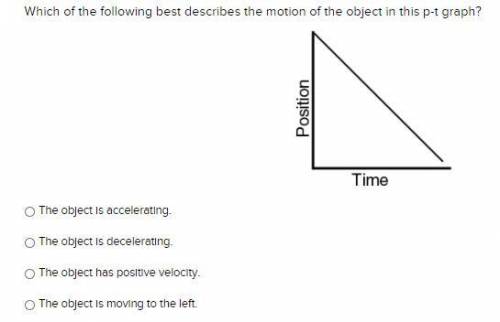

Answers: 1
Other questions on the subject: Physics

Physics, 21.06.2019 20:20, pamelperezz26
Ateam of astronauts is on a mission to land on and explore a large asteroid. in addition to collecting samples and performing experiments, one of their tasks is to demonstrate the concept of the escape speed by throwing rocks straight up at various initial speeds. with what minimum initial speed vesc will the rocks need to be thrown in order for them never to "fall" back to the asteroid? assume that the asteroid is approximately spherical, with an average density p 3.84 x108 g/m3 and volume v 2.17 x 1012 m3 recall that the universal gravitational constant is g 6.67 x 10-11 n m2/kg2
Answers: 2

Physics, 22.06.2019 10:30, legendman27
You are given two vectors a⃗ =−3.00ι^ 5.00j^ and b⃗ =5.00ι^ 2.00j^. let the counterclockwise angles be positive.
Answers: 3

Physics, 22.06.2019 10:50, dontcareanyonemo
The temperature at a point (x, y) is t(x, y), measured in degrees celsius. a bug crawls so that its position after t seconds is given by x = 6 + t , y = 8 + 1 3 t, where x and y are measured in centimeters. the temperature function satisfies tx(3, 9) = 5 and ty(3, 9) = 4. how fast is the temperature rising on the bug's path after 3 seconds? (round your answer to two decimal places.)
Answers: 3

Physics, 23.06.2019 08:30, kaileyy06
The center of a long frictionless rod is pivoted at the origin, and the rod is forced to rotate in a vertical plane with constant angular velocity \omega. write down the lagrangian for a bead of mass m threaded on the rod, using r as your generalized coordinate, where r, \phi are the polar coordinates of the bead. (notice that \phi is not an independent variable since it is fixed by the rotation of the rod tobe \phi = \omega * t) solve lagrange's equation for r(t). what happens if the bead is initially at rest at the origin? if it is released from any point ro > 0, show that r(t) eventually grows exponentially. explain your results in terms of the centrifugal force m* \omega ^2 *r.
Answers: 3
Do you know the correct answer?
Which of the following best describes the motion of the object in this p-t graph? please answer quic...
Questions in other subjects:

History, 18.07.2019 13:30

Physics, 18.07.2019 13:30





Biology, 18.07.2019 13:30

Social Studies, 18.07.2019 13:30

History, 18.07.2019 13:30

Biology, 18.07.2019 13:30







